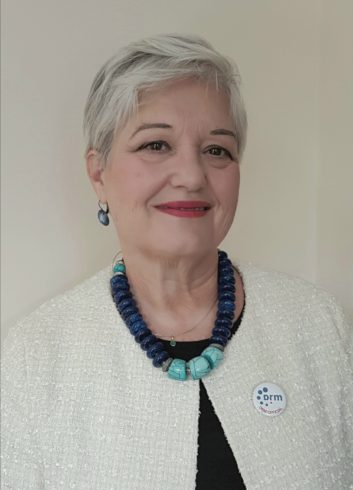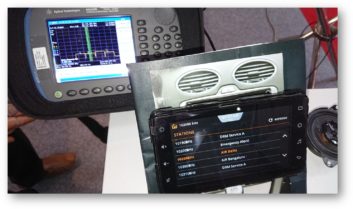The author is chairman of Digital Radio Mondiale.
During these strange times of Coronavirus there are many old contradictions coming to light and new ones being formed daily.

According to UNICEF spokesman James Elder, simple as it sounds, it’s still difficult to get information out to people in the most remote areas or to people who are not online. But we are not only speaking of remote areas on the African continent or areas of the Pacific. According to an article published in the Guardian on April 23, fewer than three out of 15 families in the far west region of New South Wales, a developed area of Australia, enjoy broadband, making digital classrooms unviable.
ALWAYS THERE
So, teachers have been hand-delivering lessons to Aboriginal students at home because families do not have reliable access to the internet, and many do not have computers for their children to work on. This doesn’t apply to most Australian students, but the worldwide statistics are staggering, nevertheless.
It’s estimated that globally there are roughly 1.5 billion students learning from home today. About half of these have no internet access. What’s more, there are 250 million fewer women online than men worldwide.
But even in these conditions, there is still one platform that “does the trick every time.” And that’s radio, asserts Elder. And this doesn’t refer to distance learning alone. In times of need radio rises to the plate and not just as a virtual teacher but as a valuable source of trusted information, company and fun, too.
One of the contradictions is that, while a lot of the industries have seen buyers and users fall to almost nil (tourism, entertainment etc.), media, and especially radio consumption, has increased significantly.
Some of the big commercial networks are doing very well. Even public broadcasting, under threat recently, has now been acknowledged and appreciated for its valuable public role and place.

A recent survey conducted by organizations in the United States like Radio Advertising Bureau, Westwood One and Nielsen have confirmed what is evident: Listeners are tuning in massively. They want coronavirus updates but not in excess, while continuing to appreciate the voice of presenters who are introducing their favorite music.
STRUGGLING TO SURVIVE
In other parts of the world such as India, where most community stations are struggling financially, local radio remains one of the only sources of credible information and familiar entertainment.
It’s therefore no surprise that U.S. survey found radio to be even more appreciated for its link to local communities. The term “local stations” covers a multitude of stations, some of whom are small but commercial, others purely community stations, university radio stations etc.
And here comes another contradiction: While local and community stations have, in general, recently increased their number of listeners, their funds — often based on local advertising — have decreased considerably.
In the U.S., the National Association of Broadcasters is encouraging a campaign to help local broadcasters obtain government funds directly or via government advertising.
In the United Kingdom, the chairman of local broadcasting association CMA, foresees the possible failure of one-third of some 300 community stations if they don’t receive help from the state.
For now, the organization has short-term goals. These include convincing the government to treat local stations like local papers and pay for public health messages and acquiring a grant and then a fund to support the production of programs centered on public health content.
While many of these stations should receive the financial aid they need soon, what will they do when we get back to some kind of normalcy?
CHANGE IS NECESSARY
Beyond the Coronavirus pandemic, local stations must reassess their role, technology and content based on the changing habits of their audience. Some local broadcasters have already begun gathering data for their new strategic direction.
Digital plays an important role in achieving success for many of these stations. Money will always be tight so why not use the same analog frequency and have two or three digital DRM programs, maybe in different languages or dialects, while saving on energy?
Or why not use the same transmitter, same antenna and same combiner system to provide more than three channels. This is possible by using the spectrum situated to the left and right of the analog signal (600 kHz) and allows for up to 12–18 DRM channels.
More program choice from one broadcaster or more channels shared by different broadcasters, each paying only a share of the already reduced operational and energy costs, while remaining in control of their individual content.
This leaves more money for producing new, more local digital content or simply a better one with less repeats and with higher production values.
But there’s an ultimate contradiction. While local and community stations are “the radio that leaves no one behind,” they need to follow what the larger players are doing in order to survive.
These small stations, with much less spending power, also need to implement a strong strategy, advanced technological solutions and adapt to the new environment.
Today nobody is immune to change and, with the help of DRM digital radio, local broadcasting can plot a tactic to help them guarantee survival.












